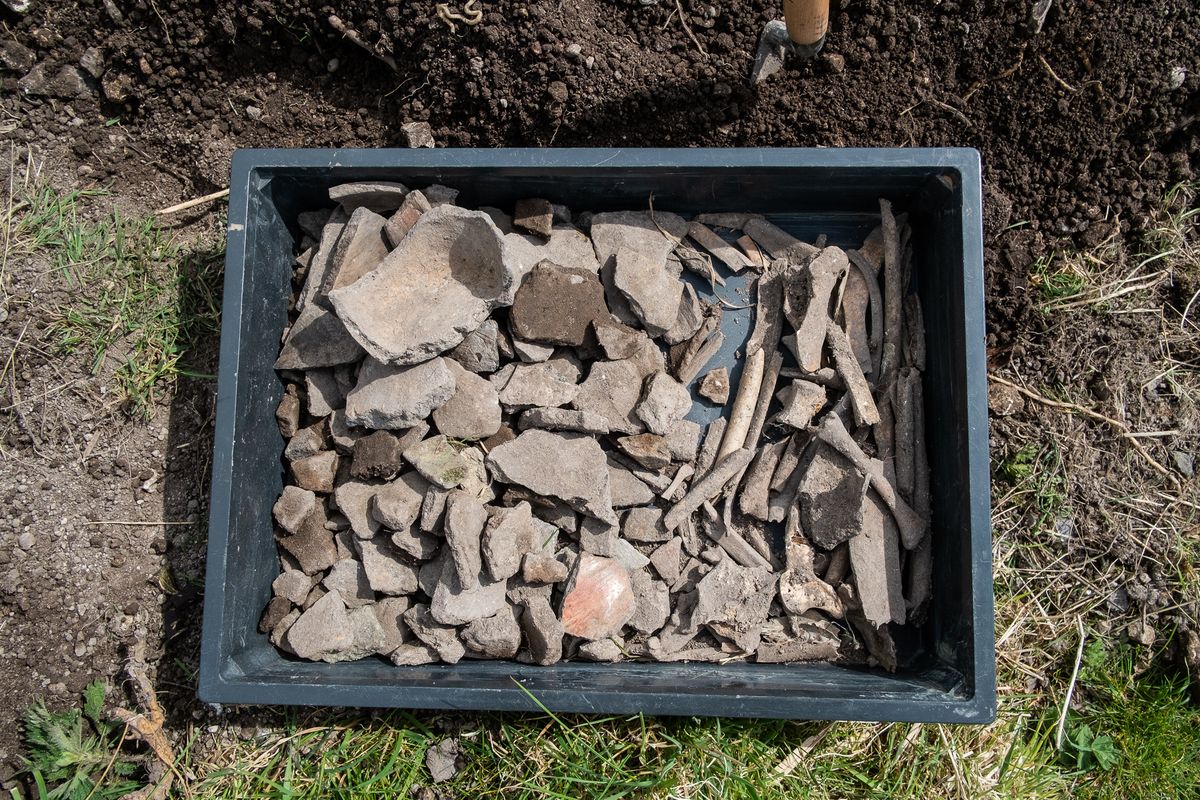Recent archaeological discoveries reveal fascinating insights into Bronze Age Britain’s elaborate feasts. Researchers have found massive mounds of ancient waste at excavation sites, providing clues about the scale and significance of these gatherings. The evidence suggests that people and animals traveled from distant regions to participate in these grand events, turning them into major social and economic occasions.

Travel and Trade in the Bronze Age
These findings highlight how food festivals in Late Bronze Age Britain were not just local affairs. Instead, they attracted attendees from far and wide, sometimes hundreds of miles away. This movement of people and livestock hints at a complex network of travel and trade during that era. The remains found in the trash heaps include animal bones and pottery fragments, indicating both the variety of foods consumed and the large number of participants involved. Such large-scale feasting events played a crucial role in community bonding and cultural exchange.
What Ancient Trash Tells Us
The sheer volume of debris left behind points to the importance of these feasts in ancient society. These celebrations likely strengthened alliances, showcased wealth, and reinforced social hierarchies. By studying the waste and artifacts, archaeologists continue to uncover the vibrant social life of Bronze Age Britain.